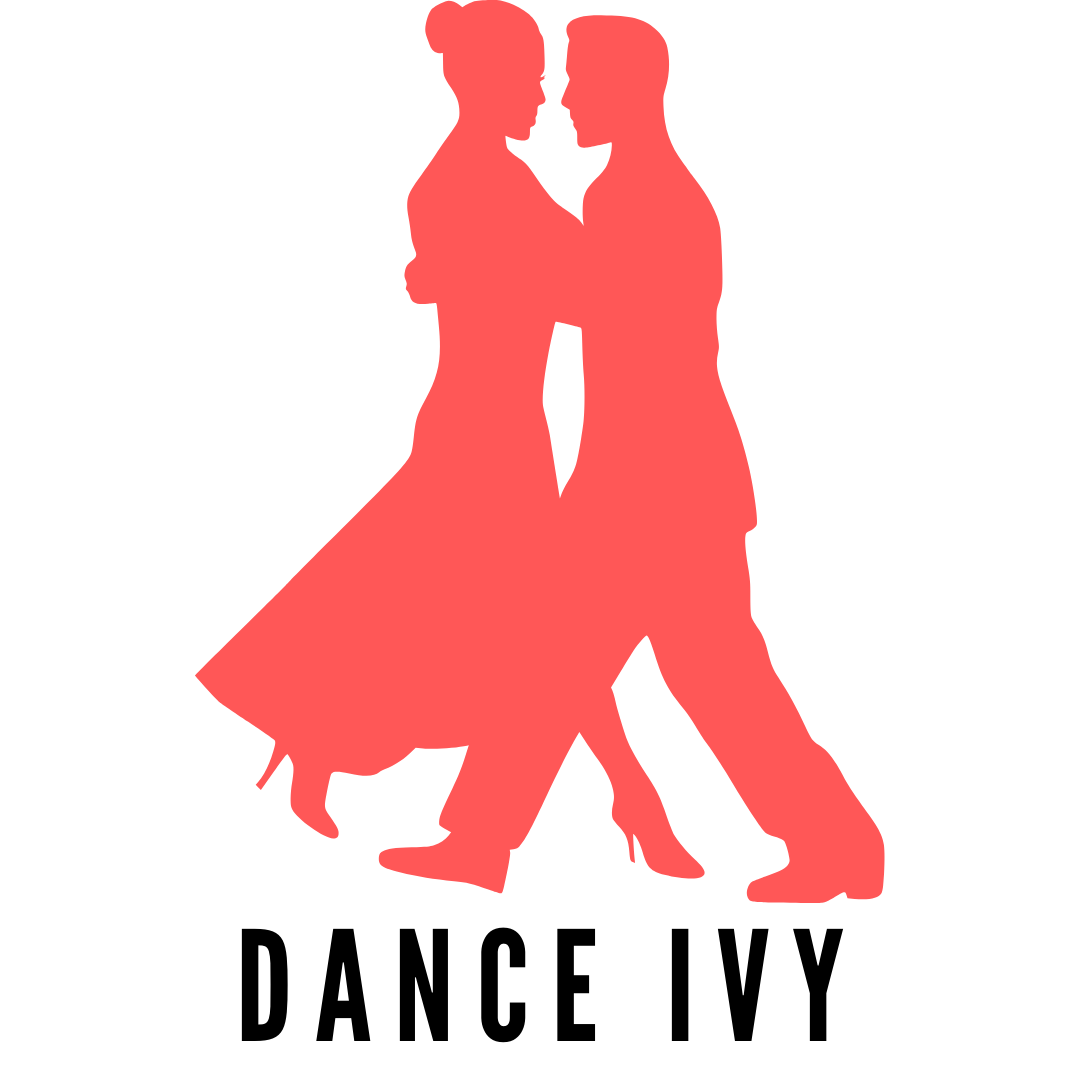Do you notice how dancers would prepare for their rehearsals backstage or at dance studios?
You got it, they warm up before and cool down after they turn into dance machines!
Be it a ballerina, a contemporary dancer, or a hip-hop dancer, an effective warm-up incorporates both dynamic and static exercises as ascertained by the International Association of Dance Medicine and Science.
Fret not, a warm-up involves simple stretching and rhythmic movements; nothing too fancy or draining. The idea is to work away that stiffness and build up that energy for the main dance workout.
Basic warm-ups for all dancers (Active and Static Exercises)
-
Active Stretching
Dynamic Warm-ups activate the muscles and joints. By promoting blood flow and hence, greater oxygen delivery to tissues and muscles, the risk of injuries and muscle soreness is lower. Dynamic movements also wake up the nervous system, helping our brain to “tell” our muscles to work faster.
Spend around 30 to 60 seconds on each of some popular dynamic movements listed below.
|
Jumping jacks
|
 Credits: Iowa Now |
|
Forward and lateral hip or leg swings
|
 Credits: The Kensington Studio |
|
Neck isolations
|
 Credits: Health Jade |
During a warm-up, our body temperature rises which keeps our muscles pliable, our joints loose, and our blood flowing faster. Besides lowering the likelihood of aches or strains, this enhances our range of motion and thus, the quality of our dancing. We can stretch more, kick more powerfully or perform more moves within a given time during a routine. This is why warm-ups are promoted by numerous fitness institutions such as the American Council on Exercise, U Live, and FitBit.
-
Static Stretching
After a dynamic warm-up, perform static stretching. You will be stretching your body to a point of tension and holding the stretch for some time, usually 20 to 60 seconds. By lengthening and loosening your muscles, you can improve your long-term flexibility. Additionally, static stretching tends to be included in cool-downs but for a longer duration, to fix tightness in the muscles for better muscle recovery.
Some common static stretches are as follows.
|
Cobra pose
|
 Credits: Ekhart Yoga |
|
Forward fold
|
 Credits: Body+Soul |
|
Lunges or split stretches
|
 Credits: Healthline |
Basic cool-downs for all dancers
Before going into the recovery stretches, walk around the studio for a few minutes. This is a way to gradually ease into the stretches without abruptly changing your pace. Once you begin stretching those tired limbs, spend up to 60 seconds in each stretch.
In addition to the static exercises shared previously, here are some favorite cool-down exercises for dancers worldwide.
|
Butterfly position
|
 Credits: Byrdie |
|
Supine spinal twist
|
 Credits: Verywell Health |
|
Calf stretches
|
 Credits: Ingenio Virtual |
The slower, gentle rhythmic movements help decrease your body temperature and prevent symptoms such as light-headedness and dizziness. Moreover, cooling down gets your heart back to its resting rate so that you will not be out of breath.
And not forgetting about the annoying lactic acid build-up in your muscles from the main dance, cooling down releases it, along with the cramps and discomfort it often causes.
Proper Recovery Stretches After Dancing
The post-dance stretch is one of the most important parts of getting ready for the next class. But it doesn't always happen. If you dance every week, sometimes you don't even take the time to warm up properly before class starts or cool down after class ends.
To make the most out of your pre-and post- dance preparation, it will be good to research the muscle groups or joints that you want to focus more on. Perhaps you realize that you are prone to injury in certain areas, or that you are simply curious about how each exercise works. With that, coming up with a checklist of warm-ups and cool-downs that target specific body parts is extremely useful to ensure that you (or your dance instructor) do not miss out on anything.
On another note, you are always free to modify the exercises shown to you in class! For instance, if doing a particular movement for 60 seconds is too strenuous, you can break it up into 3 sets of 20 seconds. Always pay attention to how you feel and don’t overexert yourself. Happy dancing away!
